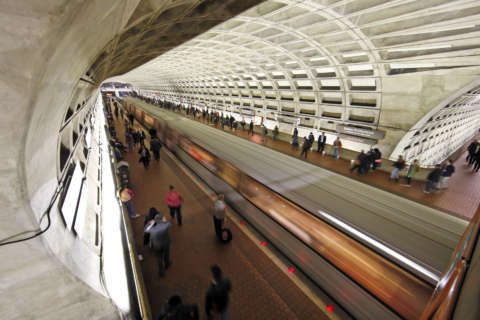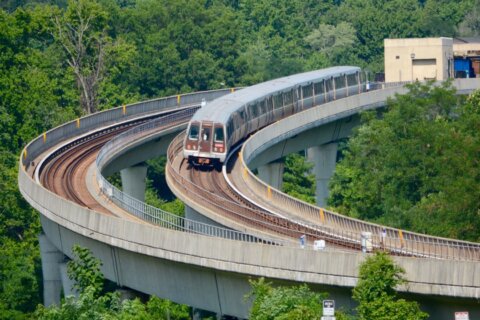WASHINGTON — Foggy Bottom residents are now complaining about Metro trains possibly shaking their homes, just as Metro is set to release final findings of a study into similar issues around the Petworth neighborhood.
Those Foggy Bottom complaints are recent, D.C. Councilmember Jack Evans said Wednesday during a council hearing. (Evans represents that area, in addition to serving as chairman of the Metro Board.)
In a December letter, Metro General Manager Paul Wiedefeld told D.C. Councilmember Brandon Todd that a lengthy investigation of similar complaints along the Green Line in the Petworth area confirmed that trains were shaking some homes. People living along the Georgia Avenue and New Hampshire Avenue NW corridors began complaining about vibrations in summer 2016, shortly after they say the shaking began.
At Wednesday’s council hearing, Wiedefeld promised that the Green Line consultant’s final findings would be released “very shortly.”
“Occasionally, you definitely can sense when some trains are coming,” Wiedefeld said. “There’s no doubt about it, but it’s well below any standard that has to be met.”
In that December letter, Wiedefeld had told Todd that elevated vibration levels above Metro’s own standards were detected in four of 10 homes checked. The vibrations appeared to come from 10 to 15 percent of trains that passed by the area. The vibration levels were below those that would pose a risk for structural damage, he said at the time.
The final study results link the vibrations to all types of Metrorail cars, which indicates the new trains that now make up nearly half of Metro’s fleet are not to blame, Wiedefeld said Wednesday.
“We don’t have an issue that’s being driven by the 7000 [series cars], that’s definitely for sure,” he said. “The issue of vibration — people do feel it, there’s no doubt about it. But there are certain standards that you have to meet, and we’re below those standards.”
In the December letter, Metro said it had not immediately found any problems with rail cars or track conditions that would be likely to cause increased vibrations. Further analysis since has focused on the tracks, rail car design and car maintenance practices, among other things.







